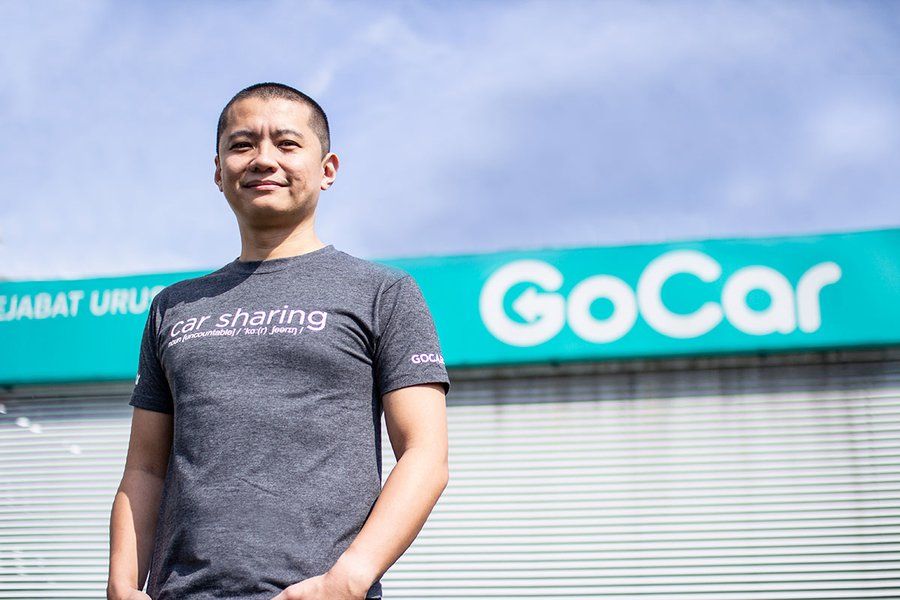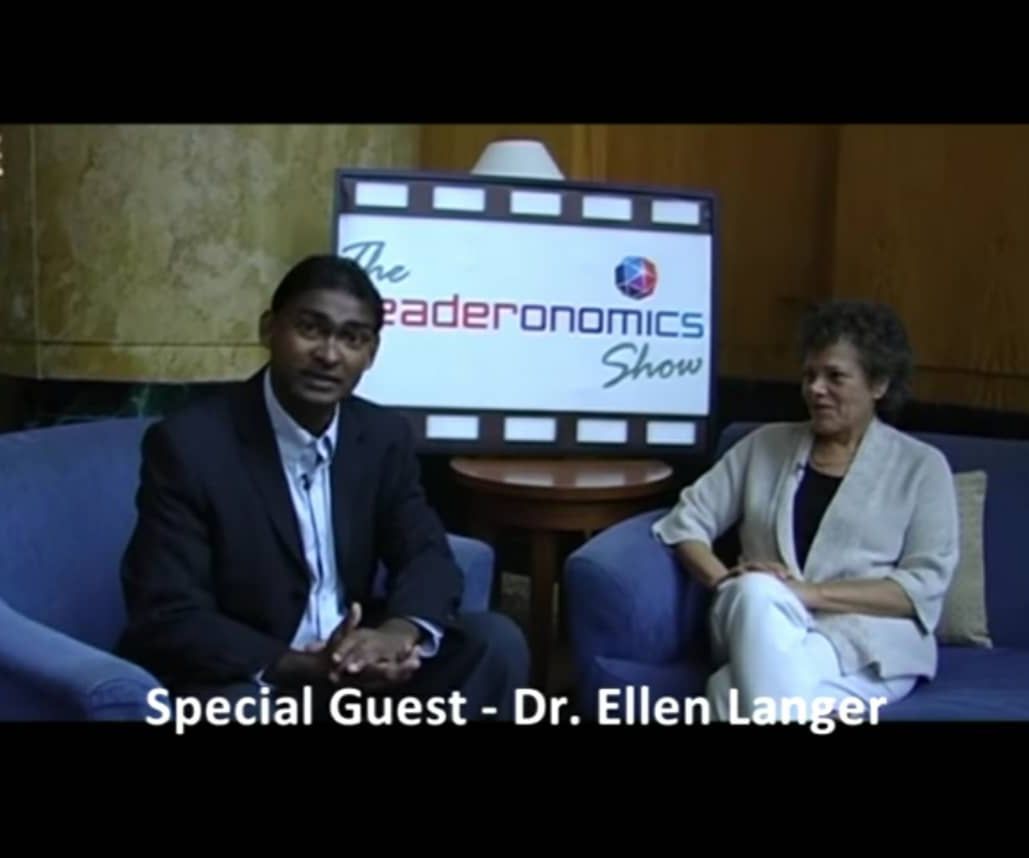Connecting With Children Through Dance And Movement Therapy

Dancing has always been something that children do naturally. It can be a powerful tool for the development of a growing child physically, emotionally, socially and cognitively. It becomes more prominent when special children are being taught the art (and science) of dance.
Gee Paary, 31, a dance and movement therapist, shares with LAY HSUAN, LIM on how she danced her way through from being in the information technology (IT) field to something more fulfilling and purposeful in touching the lives of children with special needs.
1. Tell me about yourself.
Even in the years when I was studying and working in the IT sector, I was already learning the various types of dances like the Odissi, Kathak (classical Indian dance), hip hop, jazz, salsa and aerial arts.
This eventually led me into teaching dance part-time, and ultimately a course on autism movement therapy, which changed my whole perspective on how I can use my passion in dancing for a greater good.

Gee Paary
2. What are the pre-requisites to becoming a dance and movement therapist?
Paper qualification is definitely an added advantage, but sometimes we lose sight of things. We are pre-conditioned to believe that more qualification equals better performance.
I beg to differ, as I have personally come across some of the most amazing dance teachers or therapists with minimal paper qualification.
What they have is a great deal of empathy, an understanding of the human psyche, and the ability to use simple movements to influence neurological and societal conditions.
For anyone starting out, it is always good to go through a structured, modularised education for the science of things nonetheless. And dance therapy for people with special needs is a union of science and art.
3. What sparked your interest in this? Initial response from your loved ones?
I had always wanted to do something more challenging than just dance. I wanted something that will make a difference in my life and benefit others. Autism movement therapy was something I chanced upon, and it spurred me on to do a lot of research on the subject.
My parents were great. They were the ones who encouraged me to pursue my dream.
When I first started out, my husband (then boyfriend) was extremely supportive and had a clear vision on how this would turn out.
Not only did he give me ideas about how I can grow in this unfamiliar ground, he also encouraged me in many ways. He was very hands-on with some of these projects, and I find myself emulating him to have the drive and discipline to do what I needed to do.
4. How is your typical day like?
I usually have my lessons prepared beforehand. At the same time, I am also ready to improvise according to the energy and ‘feel’ of the class.
With children, you really have to be at the top of your game – to have positive energy and be spirited at all times. They are adorable and loving, but sometimes it can be quite challenging based on the emotions picked up on that day.
I usually arrive early for classes, prepare the props or music and have their attention from the time they come. I sometimes play little games and have fun activities to de-stress and stretch our muscles at the end of the day, just to have the ‘feel good’ experience.
5. How has your journey been?
It has been a very fulfilling and humbling experience. As a dancer, I have had amazing teachers and friends who have guided me.
As a teacher to special children, you hold that responsibility to be a good role model to teach them the right things. It is also important to make them feel comfortable and be responsive to the sessions.
6. What were some of your challenges?
When I first started out, the lack of awareness of different learning styles among parents of children with special needs was a challenge.
Some could not accept that their children have special conditions. But in recent times, parents are more receptive of alternative styles of education for their children.
7. How do you unwind after a day’s work?
One of the beautiful things about working with these children is the amount of ‘feel good’ hormones released through the work. I find myself in a very happy place after a typical day’s work with children, be it a normal dance class or a movement therapy session.
I also share highlights of the day and encouraging stories of the children’s progress with my husband.
8. What keeps you going?
My life principle is a combination of carpe diem and YOLO (you only live once). I try not to fill my life with anything mundane. As I continue to refine my purpose in life, it has given me quite an enriching experience thus far!
9. Which part of the job do you like most?
I get inspired when I see visible improvements on the children. I also love to see my children having fun. Their smiles, laughter and enthusiasm fuel me on.
There was a time when I was doing a house call to work with a 10-year-old autistic child. He had severe autism, whereby he would never give me eye contact, nor does he follow any of my lesson plans. The mother used to sit and watch from afar, so as to not make him feel any more uncomfortable than he already had.
The movement therapy session slowly helped him to follow my instructions and patterns of movement. One day, he managed to carry out a routine, while maintaining eye contact with me the whole time. The mother who had been watching us was overwhelmed with emotions and ran towards her son to embrace him when he completed the dance.
10. What is your future plan?
I hope to get more people who are passionate about this therapy to be affiliated with me, so that I can train them to become dance and movement therapists. I believe the supply of teachers is far lower than the demand for it.
Sometimes, I even think that the demand has not reached its potential because not many people are aware of the alternative learning and therapy methods.
11. What do you hope to achieve at the end of the day?
I am the happiest, if through the dance and movement therapy, a child with autism is able to fit well in society.
I am contented if a child with ADHD (attention deficit hyperactivity disorder) is able to concentrate in class for longer periods of time than before. Something simple as that is actually a great achievement for them. I strive to help them do that.
12. Your advice to those who are interested to do what you do.
You need a lot of patience! The teacher should understand the methods to teach children, especially when dealing with special needs children. He/she should know how to move with them; work with them and make them work with us.
The teacher has to be strong physically and emotionally in dealing with the children, as they can really test you. You have to believe with all your heart that dance and movement is part of the solution to help these children.
13. Your parting thoughts.
Find what you are good at, and what you love doing. You will know it when you don’t count the hours whenever you do that particular thing. Then, do it really well. Share it so that others will benefit from it too. I quote a famous saying:
“The meaning of life is to find your gift. The purpose of life is to give it away.”
If you would like to learn more about Gee’s work with special children using the dance and movement therapy, and would like to connect with her, please email us at editor@leaderonomics.com. For more A Day In The Life feature articles, click here.
Community






